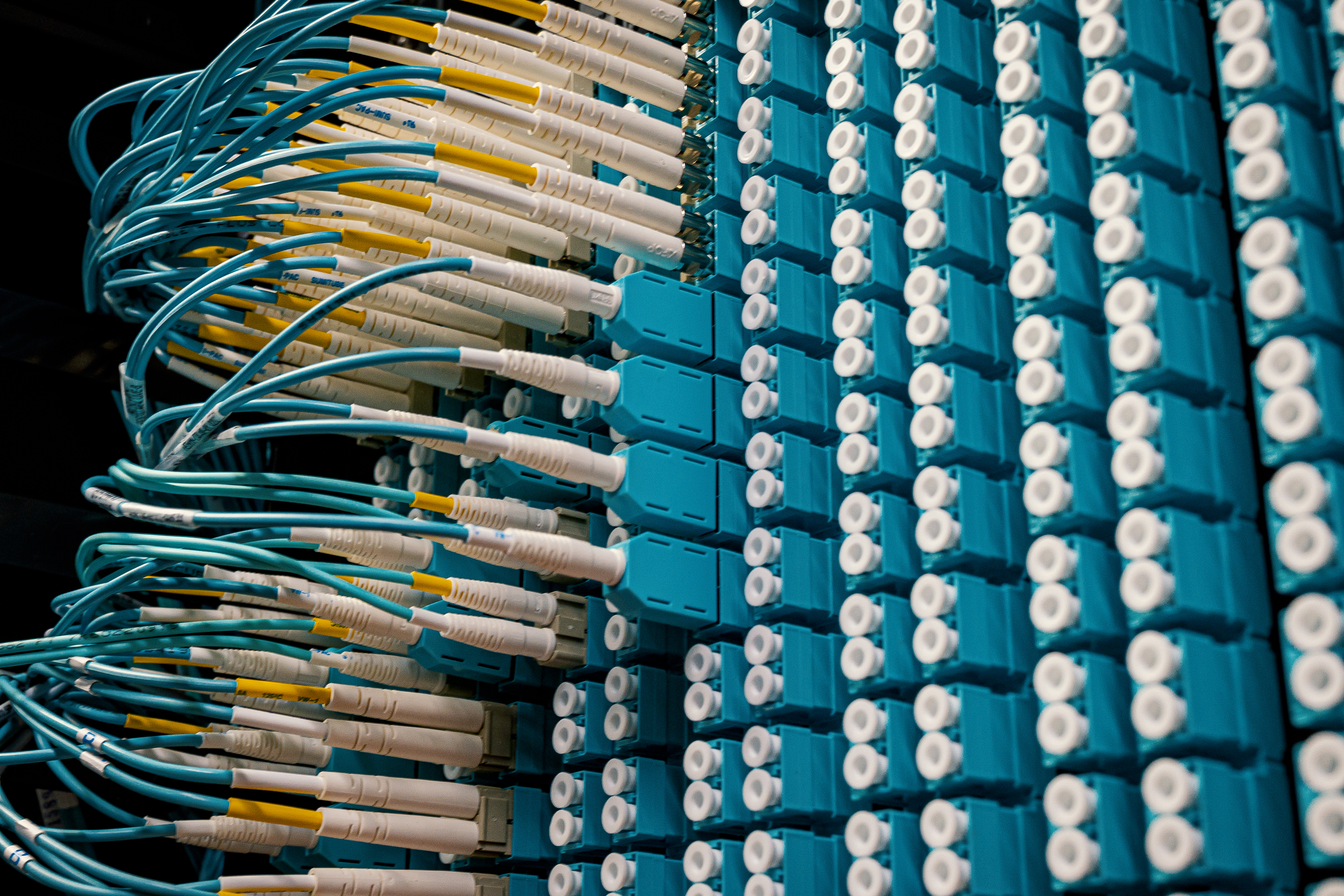
It’s important for people who install or maintain fiber optic cables to take proper safety precautions. Fiber optics can deliver many hazards an installer must avoid. Although optical fiber doesn't carry electricity, working with it is still dangerous. Unfortunately, accidents occur because some people assume it is not.
There are three categories involved in safety protection issues when working with fiber optics. These are eye protection, fiber fragment control, and safe use of chemicals.
HAZARDS OF WORKING WITH FIBER OPTICS
When working with fiber optics, a person's eyes can be damaged by the transmission of light. Anyone looking directly at the transmission of such frequencies can suffer loss of visual acuity or blind spots. That’s because the beam is focused on the retina.
The fibers themselves are a very serious hazard since they are small pieces of glass. A dark, chemical-resistant mat should be used in case small fragments fall. With this type of a setup, small pieces can be seen easily and picked up with tweezers.
When a worker is trimming, stripping, or cutting fibers, tiny fiber splinters can penetrate and become embedded in the skin, causing serious irritation. Ingested fibers are likely enough to cause internal damage since they are light enough to float in air. Because of this, workers should not eat or drink in a fiber optic work area since a fiber scrap could fall onto their food or into their drink.
There are also many chemicals and solvents used in cleaning and splicing fiber optics, which can be hazardous.
FIBER OPTIC SAFETY RULES
When working with fiber optics, all employees performing any splicing or termination activities should always wear safety glasses with side shields. Any other employees or site managers entering the work area should put on the same style safety glasses.
Unless an employee is 100% sure there is not a light source at the other end, they should never look directly into the end of the cable. A power meter can be used to make certain the fiber is dark.
While working with fiber optics, the worker needs a well-ventilated and well-lit work area. Installers must avoid smoking when working with fiber optics.
All foods and beverages should be kept out of the work area. Workers can wear disposable aprons to keep fiber particles off their clothing. Before leaving the work area, an employee should always check their clothing for pieces of stray fiber — and if any are found — remove them with double-sided tape.
A worker should wash their hands thoroughly before touching their eyes or contact lenses. They should also read all instructional material before handling chemicals.
A disposable container that can be tightly closed must be used for fiber scraps. When finished with a fiber optic job, all cut fiber pieces should be disposed of properly, along with any used chemicals and containers. The work area should be thoroughly cleaned when job is completed.
Following these simple fiber optic safety rules can keep workers healthy, and the work environment safe for all employees.


